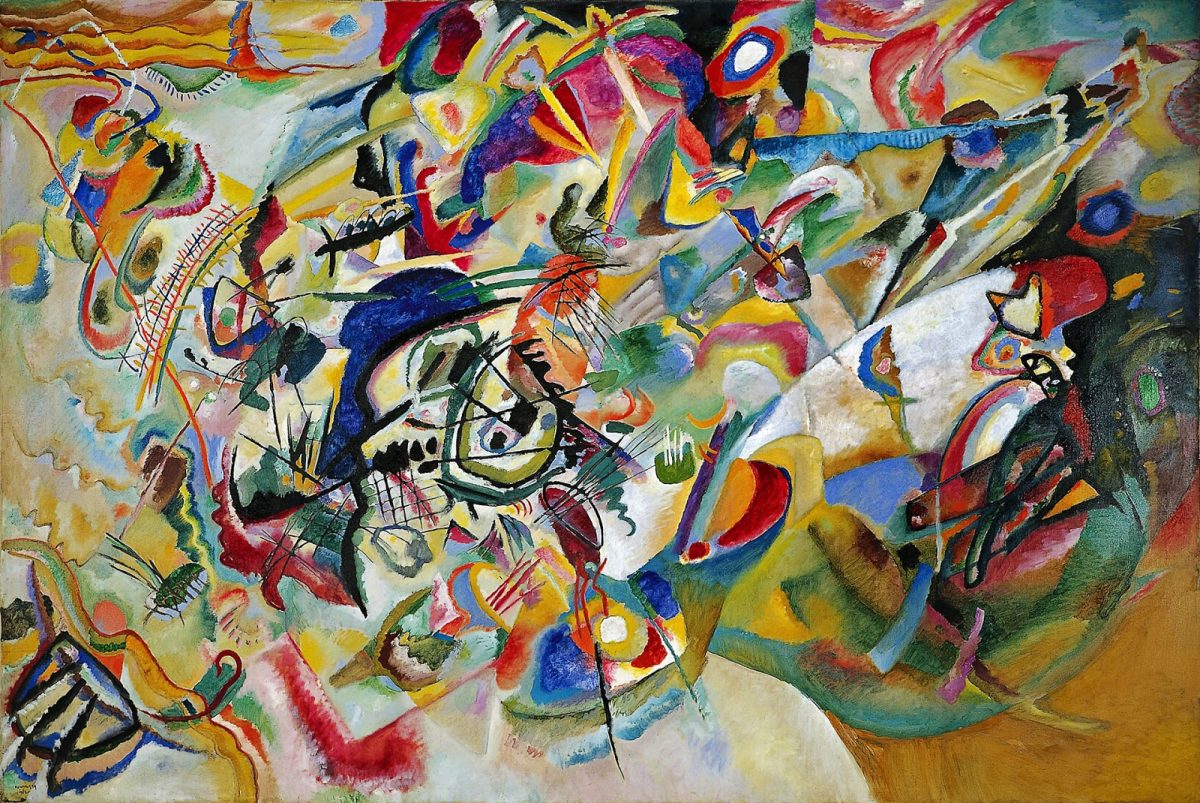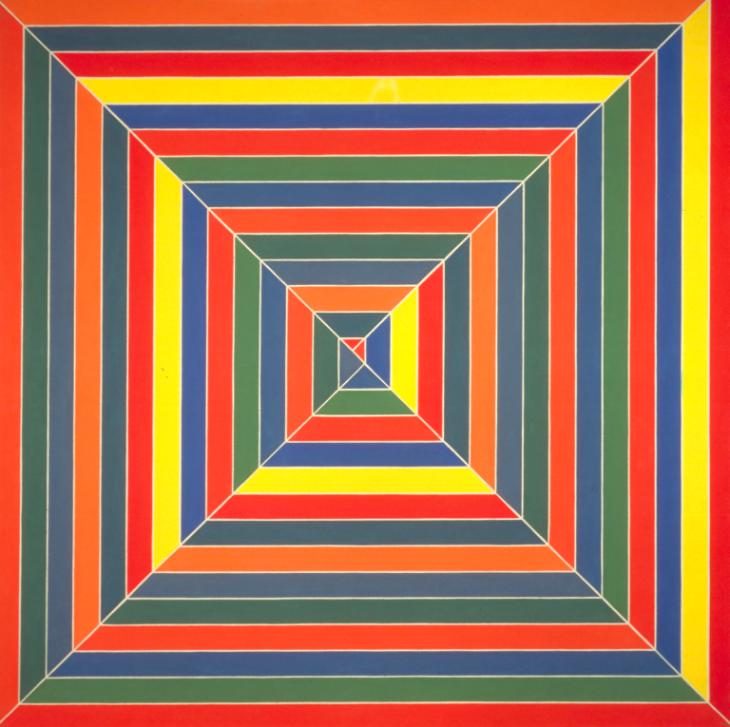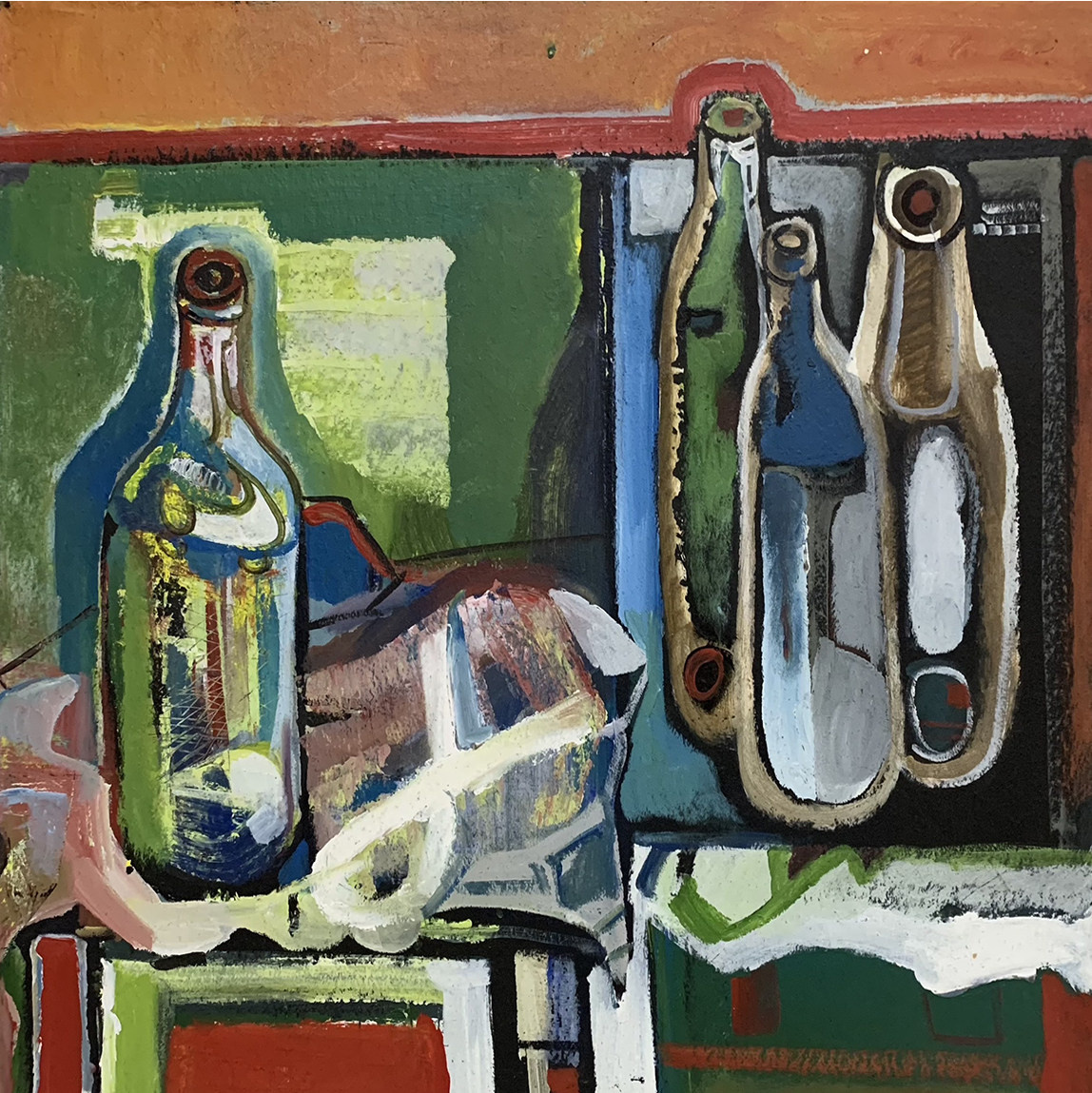When asking what is Abstract Art, the most immediate answer would relate to Kandinskij’s non figurative art of 1913. Even if that might be considered the starting phase of a more defined canonization of the style, the answer to the question is far more complex. The debate around abstract art raised many discussions. In addition, the idea behind the style is ductile and artists themselves express it in different ways.

Defining the style
Literally, “abstraction” refers to something that distances an idea from objective referents. Abstract art creates images that do not belong to our visual experience. The style tries to express its contents in the free composition of lines, shapes, colors, without imitating the concrete reality in which we live.

In visual arts, that means pulling a depiction away from reference points. That’s why it can’t be defined as representational.
The abstract was already present in many previous aesthetic productions, even very ancient. In these cases, however, the abstract figuration had only one precise aesthetic aim: that of decoration. The abstract art of this century has, however, a completely different purpose: that of communication. It wants to express content and meanings, without borrowing anything from the images that already exist around us.
In defining the style we must consider the concept of abstraction. This is the process through which the human mind describes reality using only some of its features. In the field of abstraction also stylizations enter, which, for example, proposed Art Nouveau.
What is Abstract Art today
The first signs of the style as we see it today dates to Impressionism. For instance, impressionist artists focused on capturing the essence of a subject rather than conveying it in a realistic, precise way. Surely Post-Impressionism and Fauvism in putting the colors at the center of their visual identity introduced new pillars in abstract art.
Today there are many different types of abstract art. Even the forms in which it expresses are verified, for example, it can be two or three dimensional. It can be geometric or figurative just to cite a few. For example, a great master of our time, Mikhail Turovsky often uses in his painting figurabstraction, a mix of figurative and abstract that creates incredibly powerful canvases.
Fluid abstraction, defined as the pictorial’s answer to dance, is another sub-genre that is totally abstract.
However, there is something that all these sub-genres share. This main trait goes beyond any attempt to understand what is abstract art. This art is founded on emotions, sensations, and memories that undefined objects arouse in our minds.
As Kirk Varnedoe claimed in his work “Pictures of Nothing: Abstract Art Since Pollock”:
“Abstract art has been with us in one form or another for almost a century now and has proved to be not only a long-standing crux of cultural debate but a self-renewing, vital tradition of creativity. We know that it works, even if we’re still not sure why that’s so, or exactly what to make of that fact.”
Kirk Varnedoe
